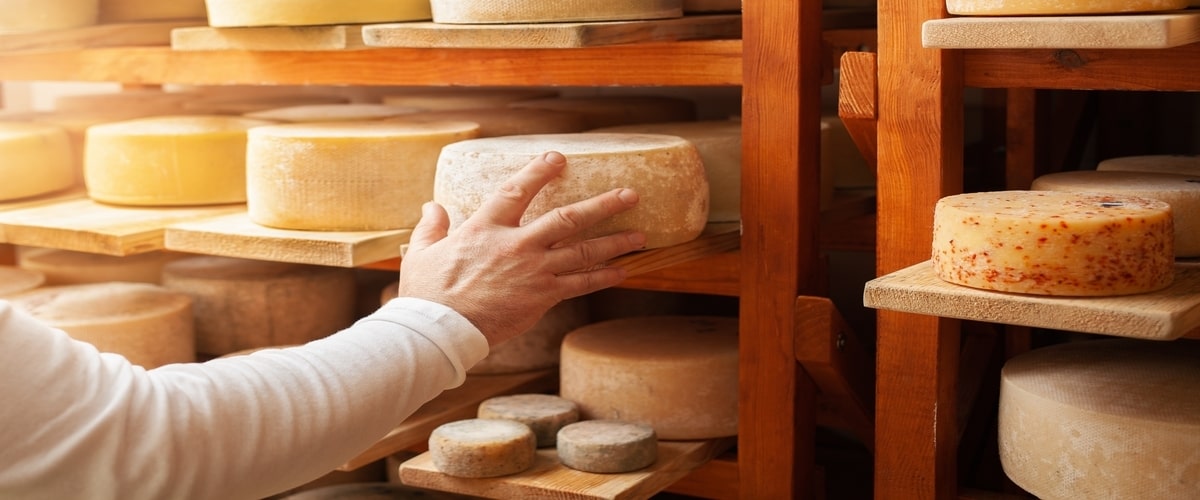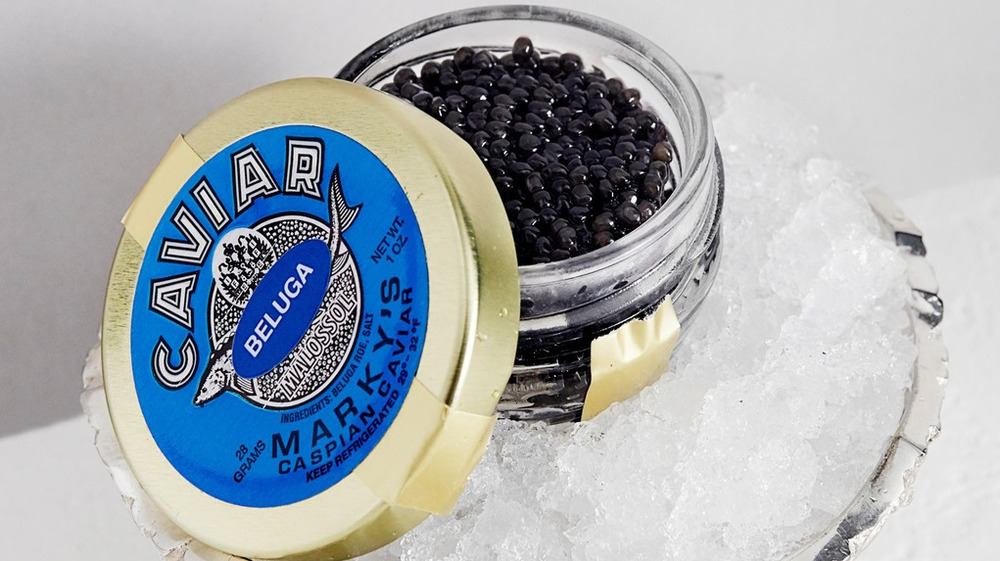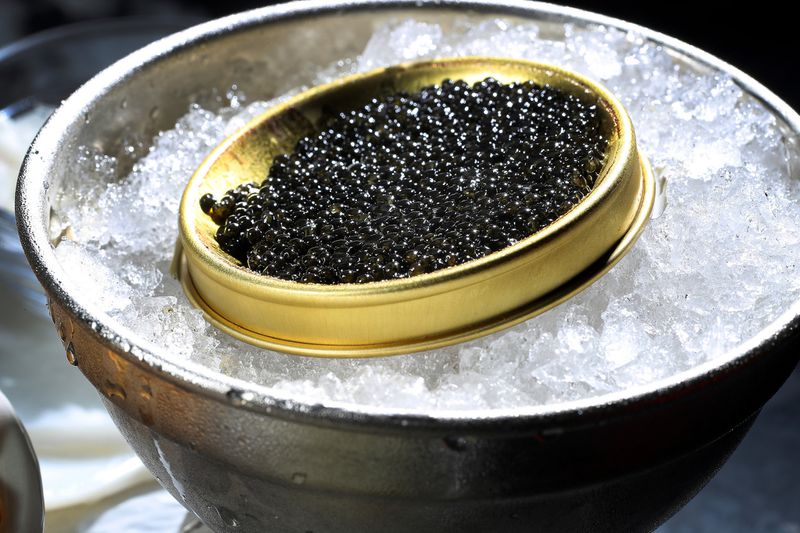From Mild to Extra Sharp: Understanding Cheddar Cheese Aging Levels
Are you looking to add a bit of extra zest to your cheeseboard? There's nothing quite like the creamy, sharp flavor of aged cheddar - but it can be intimidating, as there are many different levels of sharpness available. Luckily, understanding how cheddar ages and discovering which flavor profile is best for you couldn't be easier with this cheat sheet! From mild and mellow all the way up to razor-sharp tanginess, get ready to explore the varied world that is aging cheddar cheese.
Introducing the Different Levels of Cheddar Cheese Aging

Cheddar cheese has become a staple in households all over the world. Its versatile and rich flavor make it perfect for different dishes whether it be a grilled cheese sandwich or a fancy charcuterie board. But did you know that there are different levels of cheddar cheese aging? The aging process of cheddar cheese determines its sharpness and complexity of flavors. Young cheddar, which has been aged for only a few months, has a mild and creamy taste. As it ages, it becomes sharper and nuttier in flavor. The sharp cheddar, aged for over a year, has a tangy and robust taste perfect for adding a punch of flavor to any recipe. Lastly, extra sharp cheddar, aged for two or more years, has a distinct crumbly texture and is best enjoyed on its own or with a glass of wine. Knowing the different levels of cheddar cheese aging can elevate your next cheese experience.
How Does Cheese Age to Become Cheddar Cheese

Cheddar cheese is a beloved staple in many kitchens around the world, but have you ever wondered how it gets its distinctive flavor and texture? The answer lies in a process called aging. First, freshly made cheddar cheese is wrapped in cloth and left to rest for a few days. During this time, the cheese begins to release whey and mold starts to grow on the surface. The cheese is then moved to a temperature-controlled room where it will age for anywhere from a few months to several years. As the cheese ages, enzymes break down the milk proteins, creating complex flavors and a crumbly texture. The longer the cheese ages, the sharper and more robust the flavor becomes. So the next time you enjoy a slice of cheddar cheese, take a moment to appreciate the care and attention that went into aging it to perfection.
Mild, Medium, and Extra Sharp – What’s the Difference
When it comes to cheddar cheese, there are three major types: mild, medium, and extra sharp. While each type starts with the same base, the difference lies in how long it's aged. Mild cheddar is aged for only a few months, while medium cheddar is aged for a few months longer. Extra sharp cheddar, on the other hand, is aged for 18 months or more. This extended aging process gives extra sharp cheddar a much more complex and tangy flavor than mild or medium cheddar. So, next time you're at the grocery store, give all three types a try and see if you can taste the difference!
The Benefits of Aged Cheese
As a food expert, I can confidently say that aged cheese is a true delight for your taste buds. Not only does it have a sharp and distinctive flavor, but it also presents numerous benefits. For instance, aged cheese often contains fewer lactose molecules, making it more tolerable for those who are lactose intolerant. Additionally, the aging process helps develop a rich concentration of nutrients, including protein, calcium, and vitamin A. Aged cheese also has a longer shelf life than its younger counterparts, making it a cost-effective and convenient choice for any kitchen. Whether you enjoy it on its own or as a star ingredient in your favorite dishes, aged cheese is a must-try for any cheese lover.
Understanding the Flavor Profiles of Mild, Medium, and Extra Sharp Cheddars
If you're a fan of cheddar cheese, you've likely heard of the various levels of sharpness. From mild to medium to extra sharp, each one is a distinctly different flavor experience. As a food expert, I can tell you that understanding these flavor profiles is crucial in selecting the perfect cheddar for your dish. Mild cheddar is creamy and buttery, with a subtle nuttiness, making it a great option for melting. Medium cheddar is slightly tangy with a stronger flavor, making it perfect for snacking or adding to your favorite recipes. Extra sharp cheddar is bold and has a distinct, almost crumbly texture. It's perfect for those who crave a strong, savory flavor. Knowing these flavor profiles will help you take your cheddar game to the next level.
Tips for Storing and Serving Aged Cheddar Cheese
As a food expert, there's nothing quite like a delicious slice of aged cheddar cheese. But if you want to make sure you're getting the most out of your cheese, it's important to know how to properly store and serve it. To start with, make sure to store your cheddar cheese in the fridge - this will help to keep it fresh and prevent any mold from developing. And when it comes to serving, be sure to cut the cheese at room temperature for the best possible taste and texture. By following these simple tips, you can enjoy your cheddar cheese to the fullest, no matter how long it's been aged.
In conclusion, cheddar cheese aging is a complex process - one that produces a unique and varied flavor. From mild to extra sharp, the level of aging solely depends upon the preferences of each individual. When stored and served properly, aged cheddar can be enjoyed in its freshest form for many years to come. With so many different levels of sharpness available, it’s easy to find your perfect aged cheese. Aged cheddar is not just a delicious treat but offers great health benefits as well – full of protein and calcium, which can contribute significantly to good bone health throughout life. All in all, when deciding how to best enjoy this unique kind of cheese, you have the ultimate decision in choosing whether you go mild, medium or extra sharp.






